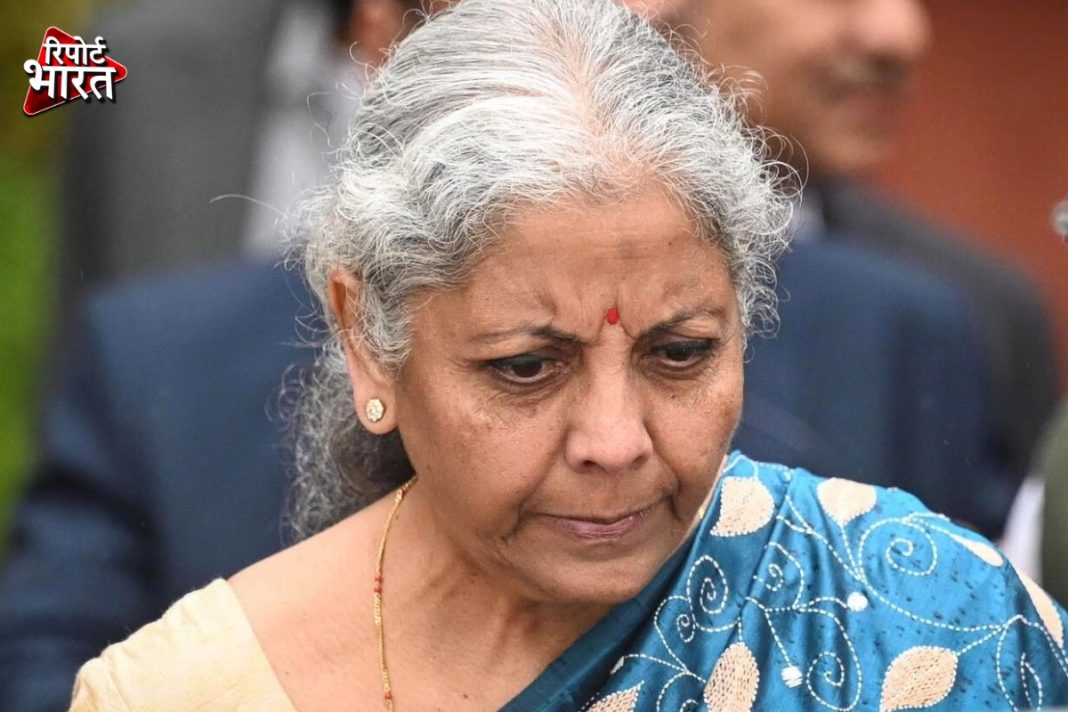The Narendra Modi government may present the full budget for the financial year 2024-25 in the third week of July. In such a situation, the middle class and taxpayers are expected to get relief. According to Reuters, Modi 3.0 is considering cutting income tax rates for people earning ₹ 10 lakh annually in his first budget.
Apart from this, the government is planning to change the income tax slab. Due to being an election year, Finance Minister Nirmala Sitharaman presented the interim budget for FY 2025 on February 1. Then the Finance Minister did not make any major announcement related to income tax.
The government can increase the tax exemption limit to ₹ 5 lakh
In the budget, the government can give this relief to a particular salary class and the middle class. At the same time, Moneycontrol quoted government sources as saying that the government can increase the income tax exemption limit from ₹3 lakh to ₹ 5 lakh in the budget. This change will apply only to those filing returns under the new tax regime.
Income up to Rs 3 lakh is tax free in the new tax regime
Suppose, someone’s annual income is Rs 5 lakh. In the new tax regime, income up to Rs 3 lakh is tax free. In such a situation, the person will be liable to pay tax at the rate of 5% on the remaining Rs 2 lakh. That is, he will have to pay tax of Rs 10,000. However, in this regime, the government waives tax on income up to Rs 7.5 lakh under section 87A.
There is a catch in this too. If you are a salaried person and your income is even one rupee more than Rs 7.5 lakh, then you will have to pay tax not on one rupee but on Rs 4,50,001. Now, after the tax of Rs 3 lakh is waived, out of the remaining Rs 4,50001, Rs 15,000 will have to be paid at the rate of 5% on Rs 3 lakh and Rs 15,000 at the rate of 10% on the remaining Rs 1,50,001.
In the old tax regime, there is a total of 20% tax on income of ₹ 10 lakh
In the old tax regime, there are a total of 5 slabs of income tax. In these, income up to ₹ 2.5 lakh is tax free. 5% tax is levied on income from ₹ 2.5 lakh to ₹ 5 lakh. At the same time, 20% tax has to be paid on income from ₹ 5 lakh to ₹ 10 lakh. 30% tax is levied on income from ₹ 10 lakh to ₹ 20 lakh and those earning more than ₹ 20 lakh have to pay 30% tax. Whereas, in the new tax regime, salary up to Rs 7 lakh still comes under the tax free category.
According to reports, there is a possibility of change in the structure of income up to Rs 10 lakh in the budget. Currently, 20 percent tax is levied directly on salary up to 10 lakh. The government can change this. 20% tax on income up to 10 lakhs can be reduced to 10%. Apart from this, changing the 30% tax slab is also being considered.
Understand the old tax regime with an example
According to Bhopal’s CA Kartik Gupta, suppose if someone’s annual income is Rs 5 lakh. In the old tax regime, income up to Rs 2.5 lakh is tax free. In such a situation, that person will be liable to pay tax at the rate of 5% on the remaining 2.5 lakh rupees. That is, he will have to pay tax of Rs 12,500. But the government waives this tax under section 87A of the Income Tax Act.
There is also a catch in this. If your income is even one rupee more than 5 lakh rupees, then you will have to pay tax not on one rupee but on two and a half lakh one rupee. Now, at the rate of 5% on 2.5 lakh rupees, there will be a tax liability of Rs 12,500. At the same time, tax will have to be paid at the rate of 20% on the remaining 1 rupee. That is, Rs 12,501 will have to be paid as tax.





